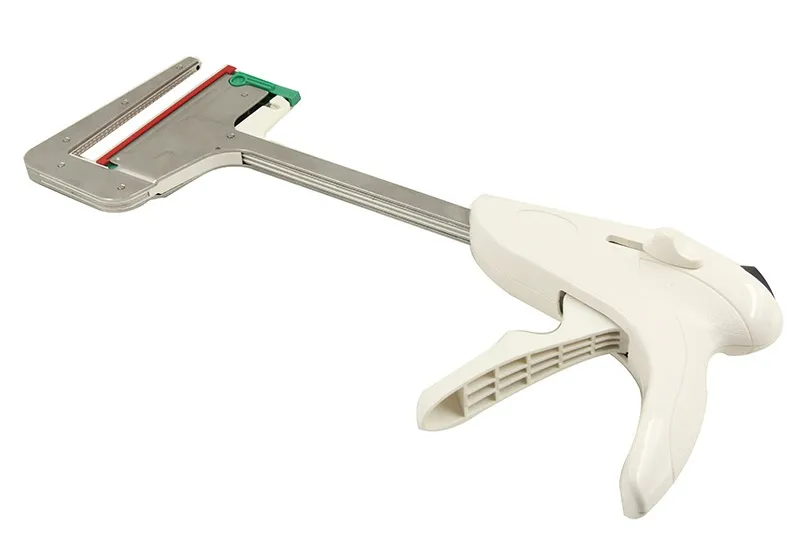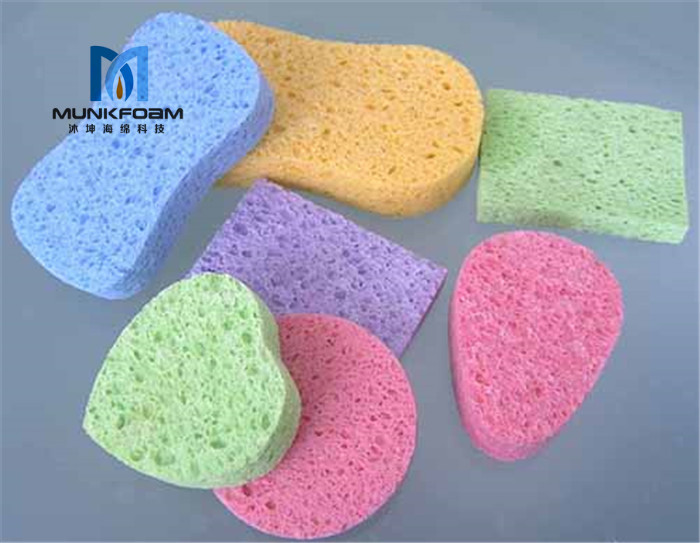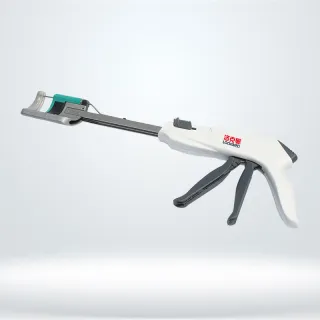What are Types of Lower Limb Prosthesis?
Lower limb prostheseis are artificial limbs designed to replace missing lower extremities, such as the leg or foot. These innovative devices have come a long way in terms of technology and design, offering enhanced mobility, comfort, and functionality. Lower limb prostheses are not merely mechanical replacements; they are a gateway to a more fulfilling life for amputees, allowing them to regain independence, mobility, and a sense of normalcy.
Types of Lower Limb Prostheses
Understanding the different types of lower limb prostheses is crucial for making the right choice. There are several varieties available, each catering to specific needs and amputation levels:
1. Transtibial Prosthesis
A transtibial prosthesis is designed for individuals who have undergone below-the-knee amputations. This prosthesis includes components like a socket, pylon, knee unit, and foot. The design aims to replicate the functions of the lower leg, offering amputees improved stability and mobility.
2. Transfemoral Prosthesis
For individuals who have lost their leg above the knee, a transfemoral prosthesis is the ideal choice. It features a socket, pylon, knee unit, and foot, providing users with a functional and natural walking gait. The challenge here lies in replicating the complex motion of the knee joint, making it a significant technological feat.
3. Symes Prosthesis
Symes prosthesis is specifically designed for individuals with a Symes amputation, which involves the removal of the foot at the ankle joint. This type of prosthesis is less common but is custom-made to provide maximum comfort and functionality.
4. Partial Foot Prosthesis
Partial foot prostheses cater to those who have partial foot amputations, which may include the loss of toes or a portion of the foot. They are created to restore balance and gait, ensuring that individuals can walk comfortably.
5. Knee-Ankle-Foot Orthosis (KAFO)
KAFO is a type of brace rather than a complete prosthesis. It's designed to provide support to individuals with weakened or damaged lower limbs. While not a full prosthesis, it's worth mentioning in the context of lower limb support.
The Prosthetic Fitting Process
Choosing the right lower limb prosthesis sockets is a highly personalized experience. The prosthetic fitting process involves several essential steps:
Assessment: The process begins with a thorough assessment of the patient's medical history, lifestyle, and physical condition. This helps in determining the most suitable type of prosthesis.
Casting and Molding: After assessment, a cast or mold is created to precisely replicate the residual limb's shape. This ensures a snug and comfortable fit.
Recommended article:Disposable Hemoclips vs. Traditional Methods: A Revolution in Bleeding Control
Gynae Instruments,Gynecology Instruments
Disposable Skin Stapler,Sterile Disposable Skin Stapler
Surgical Instruments,Surgery Instruments Supply/Wholesale
Common Surgical Instruments Supply
Do cellulose sponges work?
Choosing the Right Prosthetic Foot: Factors to Consider
Customization: The prosthesis is custom-built based on the cast, taking into account any unique needs and preferences of the individual.
Fitting and Alignment: The prosthetic device is fitted and aligned to ensure proper function and comfort. This step may require several adjustments to achieve the perfect fit.
Training and Rehabilitation: Once the prosthesis is in place, training and rehabilitation sessions are essential. They help the user adapt to the new limb and learn how to use it effectively.
The Latest Technological Advancements
The world of lower limb prostheses has witnessed remarkable technological advancements, ensuring that users can enjoy the highest level of comfort and mobility. Some of the latest innovations include:
1. Bionic Prostheses
Bionic prostheses incorporate advanced electronics, allowing for a more natural and responsive gait. These prostheses can adapt to different walking terrains and adjust based on the user's movements.
2. Socket Technology
The design and materials used in the socket have improved significantly. Modern sockets provide a comfortable and secure fit, reducing skin irritation and discomfort.
3. Smart Prostheses
With the advent of smart technology, some prostheses are now equipped with sensors and apps that enable users to monitor their activity, gait, and even adjust settings through their smartphones.
4. Lightweight Materials
The use of lightweight materials like carbon fiber has made prosthetic limbs lighter, more durable, and efficient, enhancing user comfort and mobility.
In conclusion, lower limb prostheses have come a long way, offering an improved quality of life for amputees. Understanding the types of prostheses, the fitting process, and the latest technological advancements is crucial for making an informed decision. With proper care and support, lower limb prostheses can empower individuals to regain their independence and mobility.
Recommended article:What is the difference between Disposable isolation gown and surgical gown?
How Do You Take Black Currant Powder?
The Importance of Disposable Surgical Gowns in Ensuring Sterile Environments
How do you use oral swab sticks?
Surgical Scrub Brush: A Vital Tool for Infection Control in Healthcare
What can be detected in a mouth swab test?
Unveiling the Distinctions: TPU Film vs. PU Film
637
0
0
Related Articles
-
233
0
0







Comments
All Comments (0)